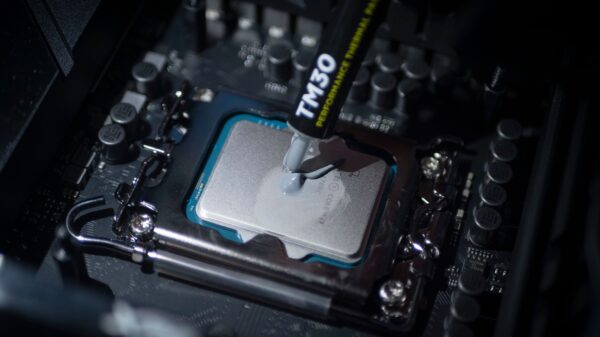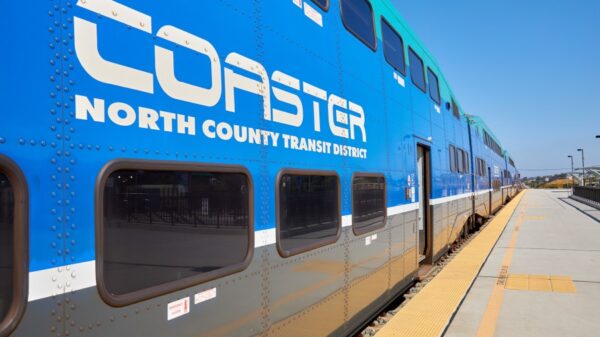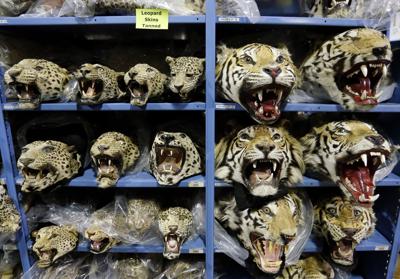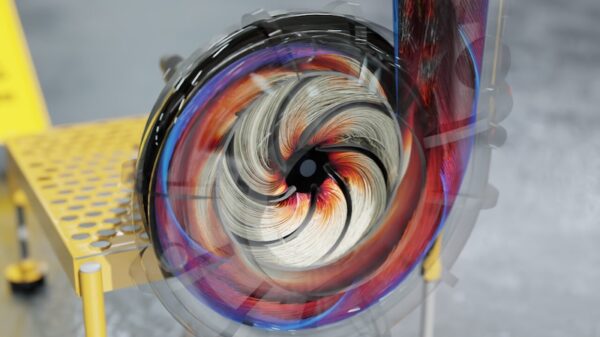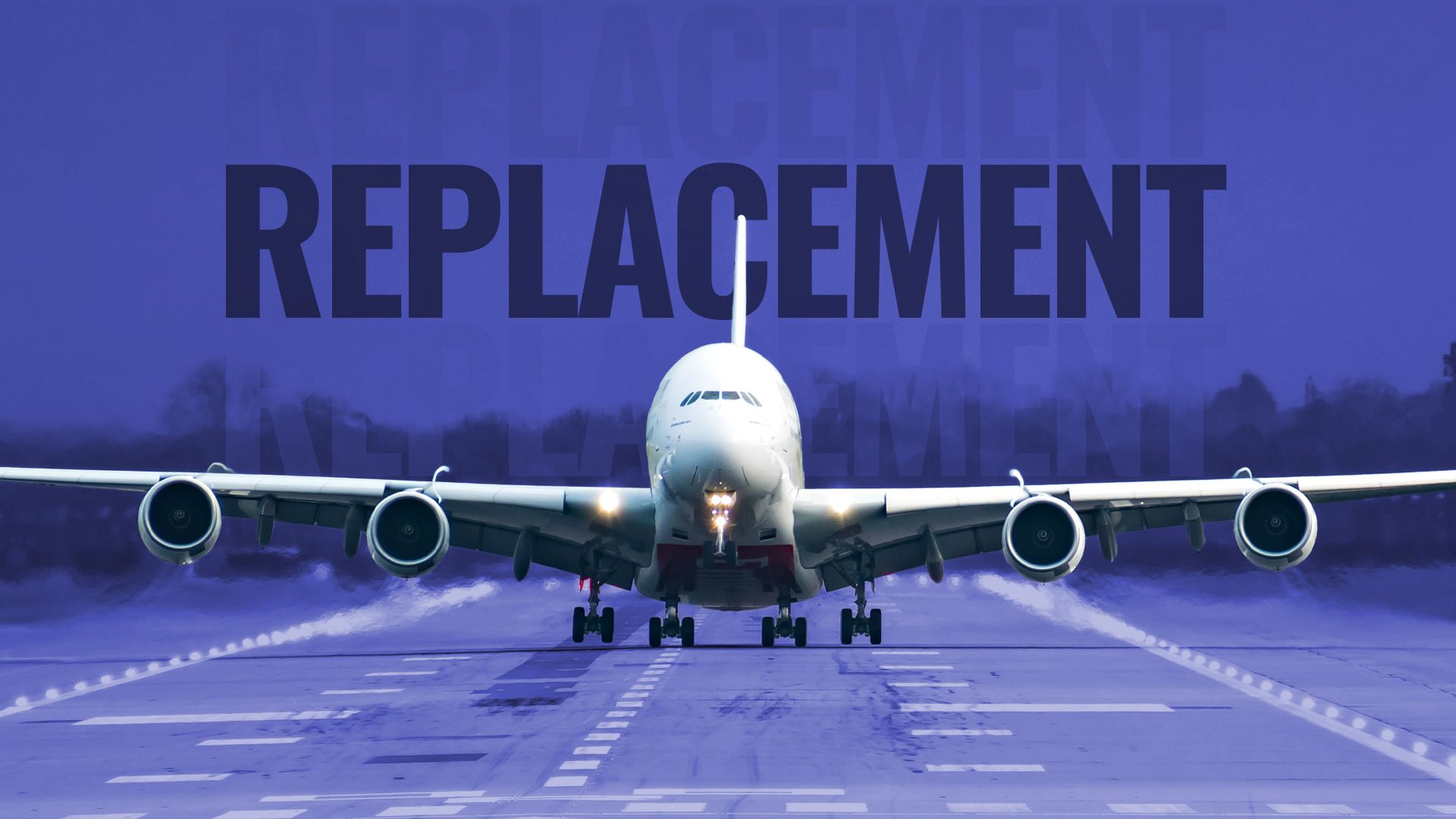The iconic Airbus A380, a symbol of luxury in commercial aviation, is gradually being phased out following the end of its production in 2021. The decline in its numbers has been largely attributed to the impact of the COVID-19 Pandemic, which severely affected demand for quadjet aircraft. Emirates, the largest operator of the A380 with over 100 aircraft, has been actively working to keep these super jumbos flying, even acquiring secondhand models from other airlines that have retired theirs due to rising operational costs.
As the aviation industry adapts to changing market demands, the Boeing 777X is poised to become the next major player in high-capacity routes. Set to enter service in 2027, the 777X will be the largest twin-engine jet ever produced, although it will not match the A380’s passenger capacity or unique second deck. Nonetheless, it is designed to meet the modern requirements of efficiency and flexibility that airlines now prioritize.
The Transition from A380 to 777X
The production halt of the A380 came as Airbus faced diminishing market demand, leading to a focus on more efficient aircraft. Boeing responded in kind by ceasing production of the storied 747 line in 2023. The 777X will cater primarily to the long-haul and high-density markets that the A380 once dominated, offering a more economical alternative for airlines.
While the A380 can accommodate between 500 to 600 passengers depending on configuration, the 777X aims for a typical capacity of 400 to 415 passengers. This reduced capacity, however, is offset by significantly lower operating costs and enhanced flexibility for airlines. With its advanced design, the 777X is expected to have fewer maintenance requirements, allowing airlines to optimize their operations.
The aircraft’s weight reduction and quieter engines will also enable it to access more airports, expanding operational possibilities for airlines transitioning from the A380.
Technological Advancements and Environmental Considerations
One of the standout features of the Boeing 777X is its powerful GE9X engines, which will deliver unprecedented thrust capabilities, recorded at 134,300 pounds. In contrast, the A380’s engines produce between 70,000 and 81,500 pounds of thrust. This advancement not only enhances performance but also contributes to reduced emissions, addressing growing environmental concerns surrounding aviation.
The 777X is designed to meet modern passenger expectations with a spacious and comfortable cabin. It boasts larger windows, customizable LED lighting, and improved humidity levels that promise to enhance the overall flying experience. Additionally, the lower cabin altitude set at 6,000 feet, compared to the industry standard of 8,000 feet, is aimed at reducing passenger fatigue on long-haul flights.
With the 777X’s modular design, airlines can easily adapt the cabin layout to meet fluctuating market demands, allowing for a balance between economy and premium offerings. This adaptability is crucial as airlines seek to remain competitive while catering to the evolving preferences of travelers.
While the A380 will always hold a special place in aviation history, the Boeing 777X is set to become a worthy successor. Although it may not replicate the A380’s grand scale or luxurious offerings, it represents a significant step forward in modern aviation, providing airlines with the tools necessary to thrive in a post-pandemic world. As the last of the A380s are retired, the industry will look to the 777X to fill the void left by these giants of the sky.



